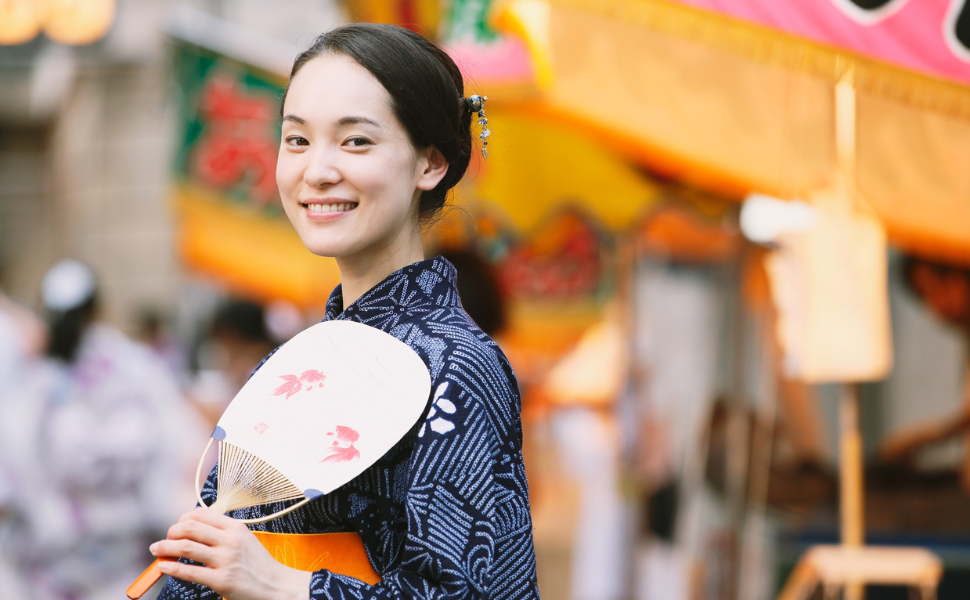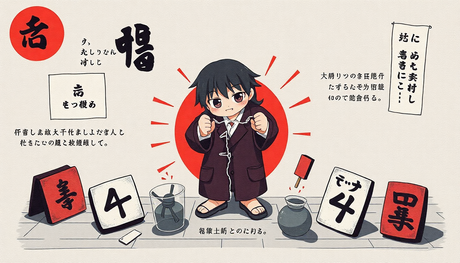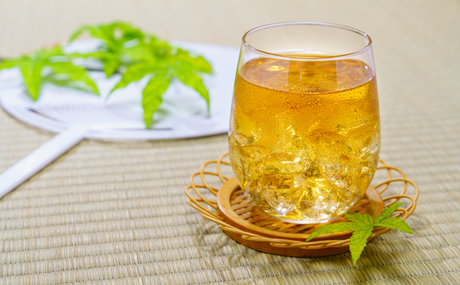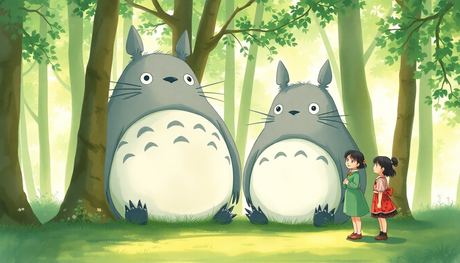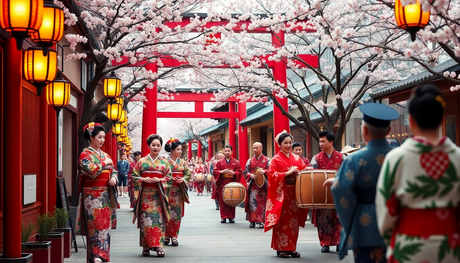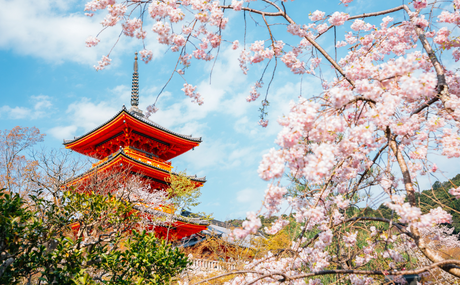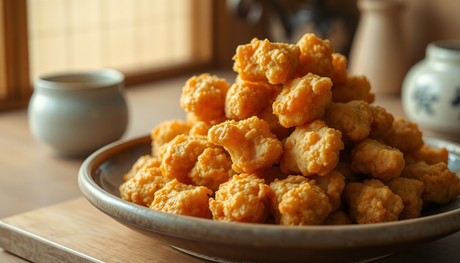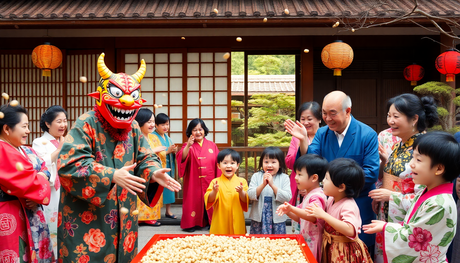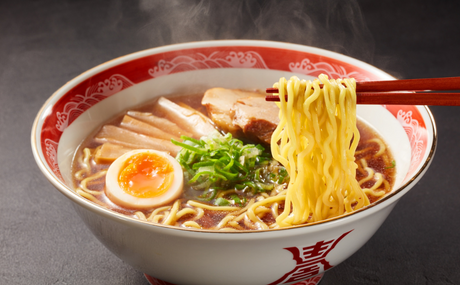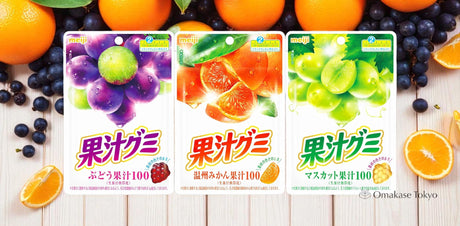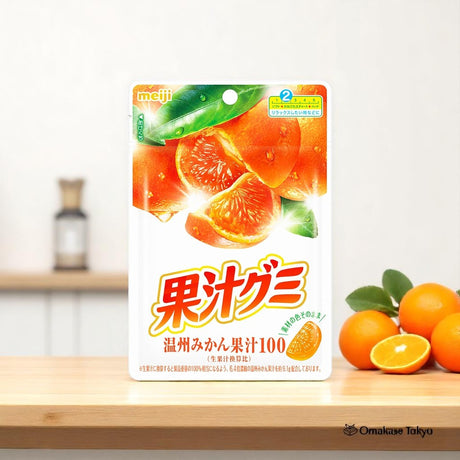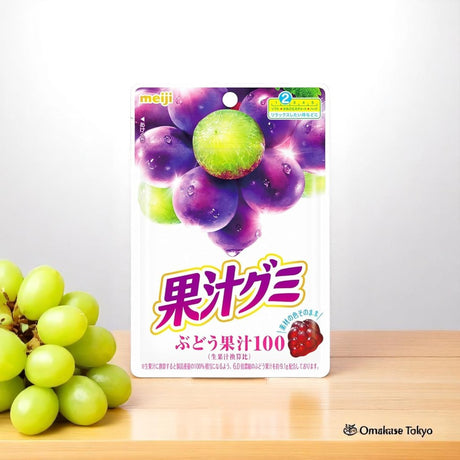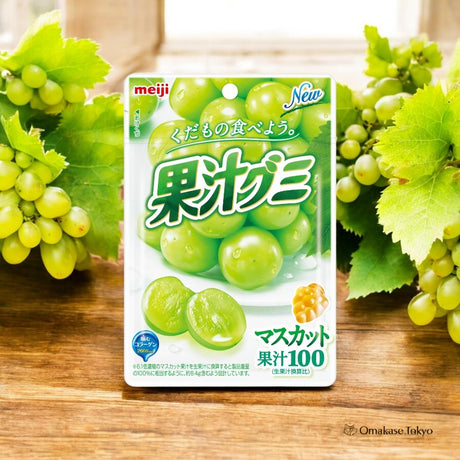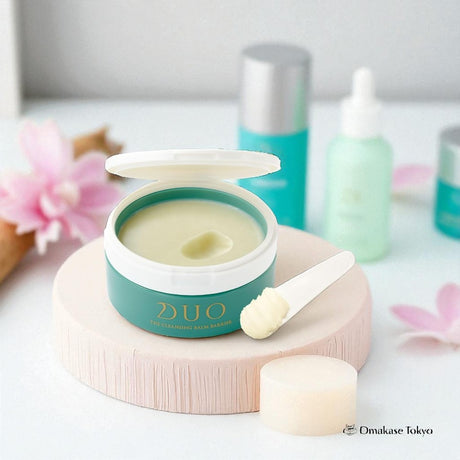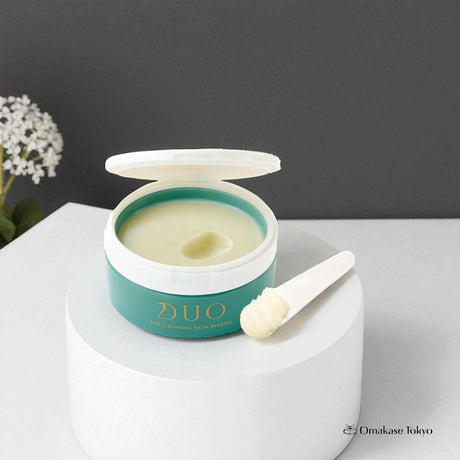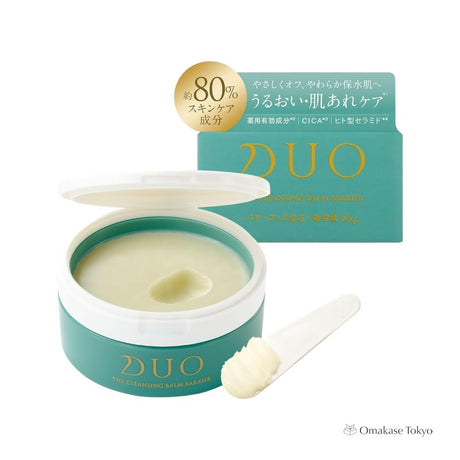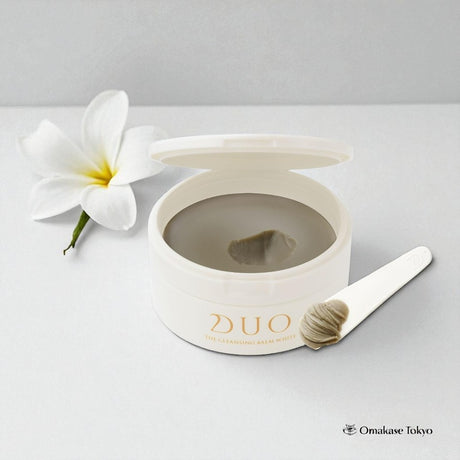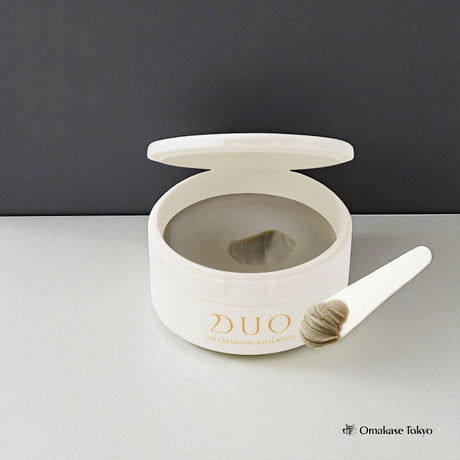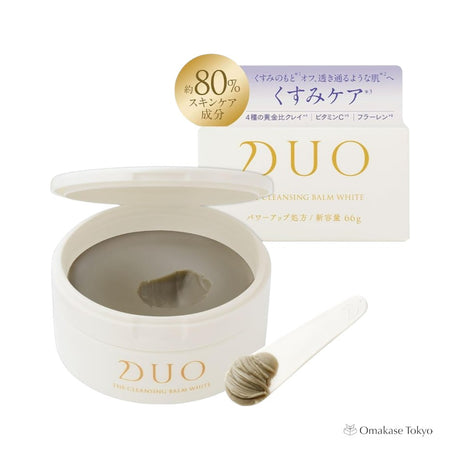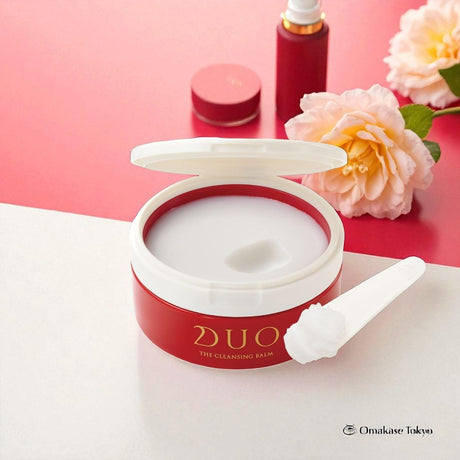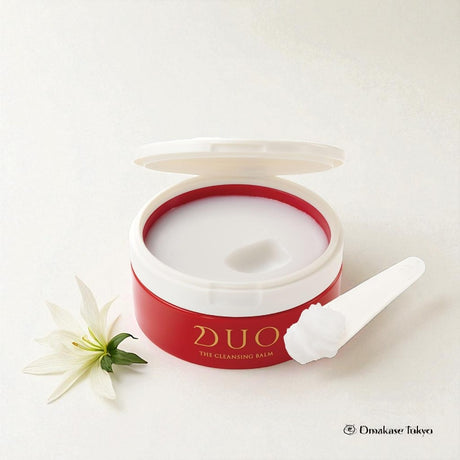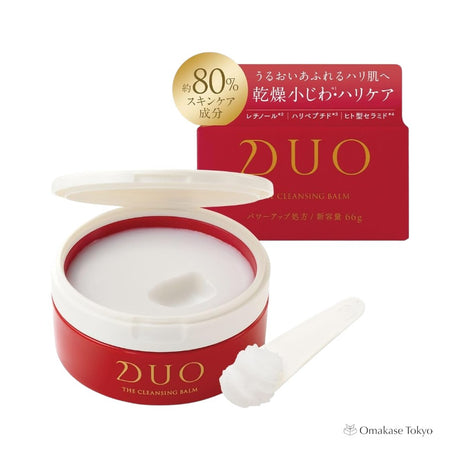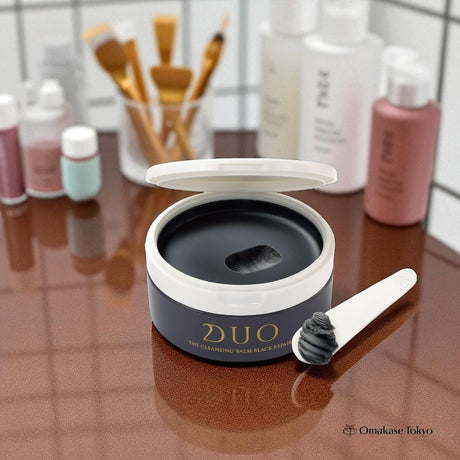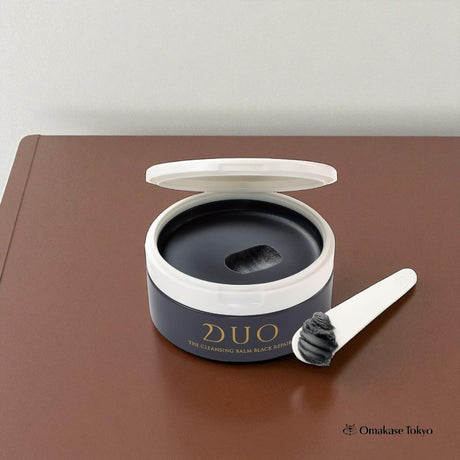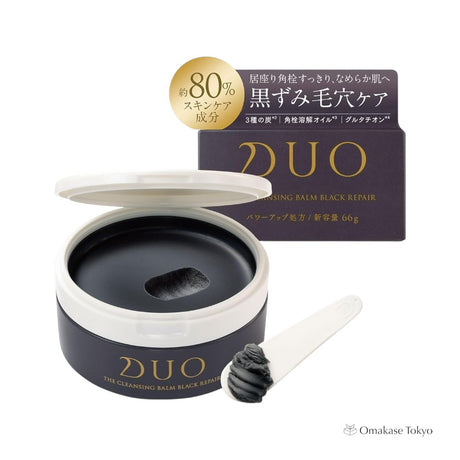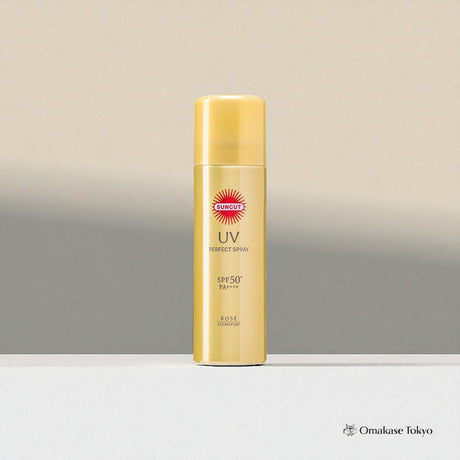If you’ve ever visited Japan in the summer—or even just seen photos online—you might’ve noticed something colorful, vibrant, and full of life. I’m talking about Natsumatsuri, or Japanese summer festivals. They’re one of the most exciting parts of summer in Japan and trust me, they’re not just for tourists. Locals of all ages look forward to them every year!
So, what exactly is Natsumatsuri, and why do people love it so much? Let’s dive into the sounds, smells, and soul of Japanese summer festivals.
What Is Natsumatsuri?
In simple words, Natsumatsuri (夏祭り) means "summer festival" in Japanese. These festivals are held all across Japan during July and August, often connected to local shrines or traditions. Each area has its own style, but one thing’s for sure—they’re filled with energy, tradition, and lots of food!
Some festivals are centuries old, while others are more modern, but they all celebrate community, culture, and fun under the hot summer sky.
The Festival Atmosphere Is Something Else
If you’ve never been to a Natsumatsuri, it’s kind of like a magical fairytale meets cultural celebration. As soon as you step into the festival area, you’ll see people in colorful yukata (a casual summer kimono), hear the beats of taiko drums, smell grilled yakitori and sweet cotton candy, and feel the buzz of excitement.
Traditional music, dancing, and fireworks light up the night. It's like stepping into another world.
What You’ll Find at a Japanese Summer Festival
Here’s what makes Natsumatsuri so special:
Fireworks (Hanabi Taikai)
This is the highlight of many summer festivals. Japan takes fireworks seriously, and some displays last over an hour! People bring picnic blankets and gather early for the best spots.
Yukata Fashion
Both men and women (and even kids!) wear yukata. It’s a traditional cotton kimono that keeps you cool while looking stylish. Paired with wooden sandals (geta) and cute hair accessories, it’s part of the whole experience.
Festival Food Stalls (Yatai)
Prepare your stomach! From savory treats like takoyaki (octopus balls), okonomiyaki (Japanese pancakes), and yakisoba (fried noodles) to sweet delights like kakigori (shaved ice), yatai are a foodie’s dream.
Fun Festival Games
Try your hand at goldfish scooping (kingyo sukui), ring toss, or shooting games. Even if you don’t win, it’s all about the fun!
Traditional Dances and Parades
In many towns, you’ll see local groups perform Bon Odori, a traditional dance to honor ancestors. There are also vibrant parades with floats (mikoshi) and performers in costume.
Famous Natsumatsuri You Should Know
If you’re planning a summer trip to Japan or just want to dream a little, here are a few famous festivals worth checking out:
-
Gion Matsuri (Kyoto) – One of Japan’s most famous, with gorgeous floats and centuries-old traditions.
-
Awa Odori (Tokushima) – Known for its fun and energetic group dancing.
-
Sumidagawa Fireworks Festival (Tokyo) – Massive fireworks show by the Sumida River.
-
Nebuta Matsuri (Aomori) – Bright, bold floats and drumming that'll give you goosebumps.
Why Do Japanese People Love Natsumatsuri?
Summer can be brutally hot in Japan, but Natsumatsuri gives everyone something to look forward to. It’s a time to connect with friends and family, take part in local traditions, and just have fun. There’s a nostalgic feeling too—like reliving childhood memories or creating new ones.
And even if you're not Japanese, you're always welcome. That’s part of the beauty—Natsumatsuri brings everyone together.
Tips for Enjoying Natsumatsuri Like a Local
-
Go early to get good spots and avoid the crowd (especially for fireworks).
-
Wear a yukata—it’s fun, and many rental shops are available in tourist areas.
-
Bring cash, since most food stalls don’t take cards.
-
Stay hydrated, especially on hot nights.
-
Don’t rush—wander, snack, dance, and enjoy the moment.
Final Thoughts
Japanese Natsumatsuri is not just about watching fireworks or eating festival food (though that’s amazing too). It’s about feeling part of something bigger—a community, a tradition, a celebration of summer itself.
Whether you’re in Japan or just dreaming about visiting, I hope this gave you a taste of what makes Natsumatsuri so magical.

